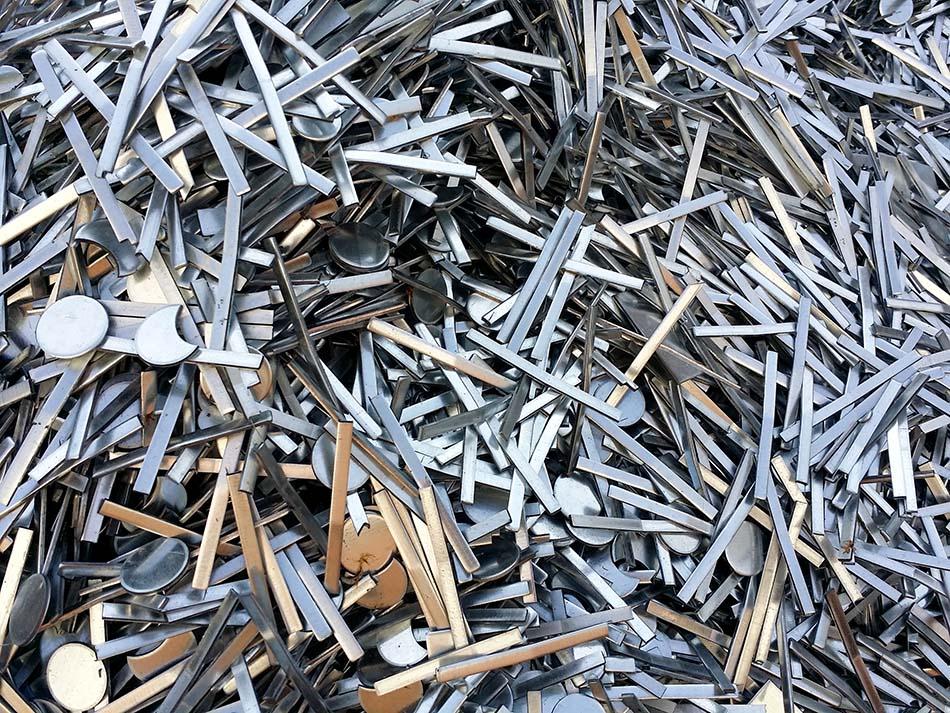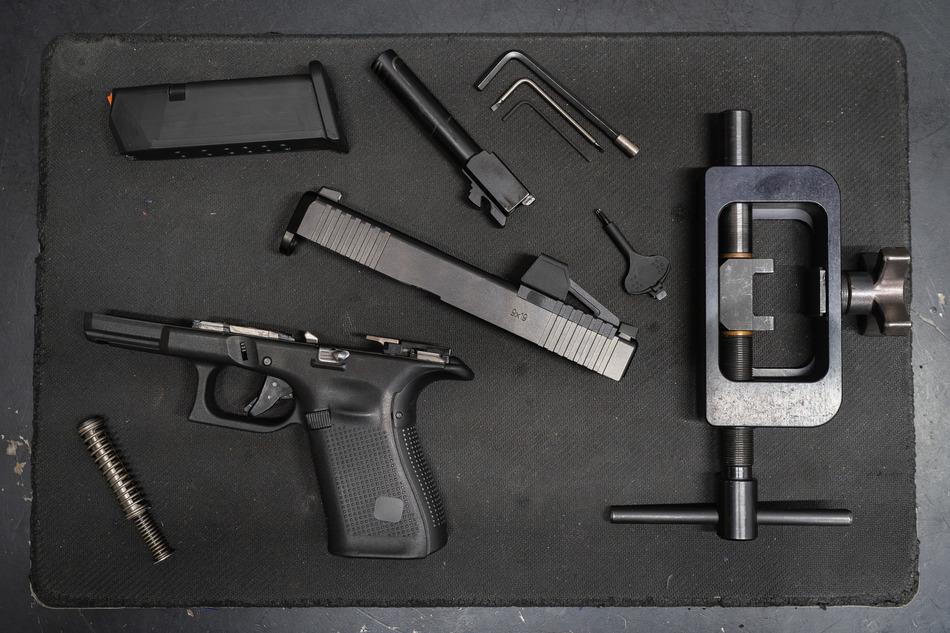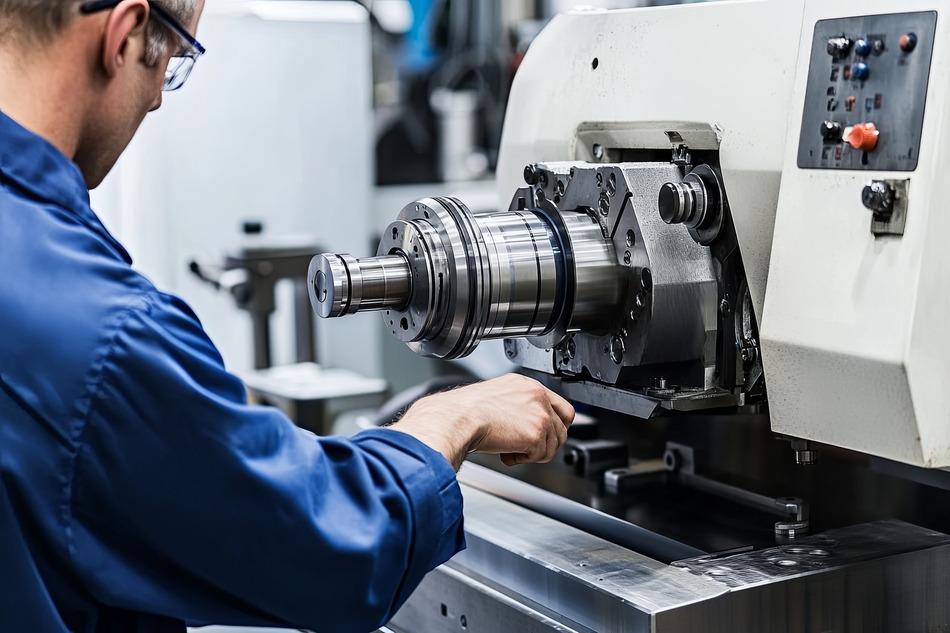How CNC Machining Can Reduce Waste & Improve Efficiency
Manufacturing companies are always looking for ways to save time, increase production speed, and improve the environmental impact of the manufacturing process by waste reduction.
Wasting materials isn’t just bad for the environment—it also drives up costs and slows down production. Finding ways to minimize waste while maintaining high-quality output is essential for businesses that want to stay competitive in today’s market.
A Smarter Approach to Reducing Waste
One of the best ways to improve efficiency is CNC (Computer Numerical Control) machining. Unlike older manual machining methods, CNC machines follow computer-controlled instructions, which means every part is cut precisely and consistently.
This eliminates unnecessary waste and helps manufacturers make high-quality products faster to reduce energy consumption. CNC machining allows businesses to reduce mistakes, lower costs, and speed up production. Let’s explore how CNC machines help manufacturers work smarter, not harder.
How CNC Machining Reduces Waste
Manufacturing methods that rely on manual cutting and shaping often create a lot of scrap material. If a worker cuts something the wrong way or removes too much material, the part has to be thrown out. This wastes time, money, and resources.
CNC machining greatly reduces waste by making cuts more accurate, planning the best cutting paths, and recycling leftover materials.
Accurate Cutting Means Less Waste
CNC machines only remove the material needed to create a part. Because a computer controls every movement, there’s no guesswork involved. This makes it easy to cut precise shapes with almost zero mistakes.
In industries like aerospace and automotive, where metals like titanium and aluminum are expensive, cutting down on waste saves thousands—sometimes millions—of dollars. CNC machining makes sure every cut is accurate, preventing unnecessary waste and extra costs.
Smart Cutting Paths Make the Most of Materials
CNC machines use advanced software to figure out the best way to cut a part before the machining begins. The computer programs the machine to move efficiently, so it doesn’t waste material or time.
Many manufacturers use a technique called nesting, where multiple parts are arranged closely together on the same sheet of material. This allows them to cut more parts from the same piece, reducing scrap. Nesting is especially useful in sheet metal and plastic manufacturing, where material can be expensive and difficult to replace.
Recycling and Reusing Scrap Materials
Even though CNC machining minimizes waste, there will always be some leftover material. However, many manufacturers have recycling programs to collect and reuse scrap/excess material instead of throwing it away.
Leftover metal shavings and plastic chips can be melted down or reprocessed into raw material for future production. Coolants and lubricants, which keep CNC machines running smoothly, can also be filtered and reused, reducing waste further.
By recycling materials, companies save money, protect the environment, and make production more efficient.
How CNC Machining Helps the Environment
CNC machining processes don’t just save time and money—it also helps make manufacturing better for the environment. Many industries today are trying to be more eco-friendly, and CNC machines help by reducing waste, saving energy, and recycling materials.
Since CNC machines cut with high precision, they use only the material needed for each part. This means less scrap metal or plastic gets thrown away, and factories don’t have to buy as many raw materials. Some companies even collect leftover metal shavings and plastic pieces, melt them down, and reuse them to make new parts. This helps protect natural resources and keeps waste out of landfills.
CNC machines also use less energy than older manual machines. They are designed to work faster and more efficiently, which helps factories make more products while using less power. By cutting down on waste and energy use, CNC machining helps companies create high-quality products while being more environmentally friendly.
How CNC Machining Makes Production Faster and More Efficient
CNC machining doesn’t just reduce waste—it also helps manufacturers produce parts faster and with greater accuracy. This allows businesses to meet deadlines, scale production, and reduce labor costs.
Computer Control Eliminates Human Error
One of the biggest problems with traditional manual machining is human error. Even skilled workers make mistakes, which can result in defective parts, wasted material, and costly delays.
CNC machines eliminate these issues by following computer-programmed instructions exactly. Because every cut is calculated in advance, CNC machining ensures:
- Every part is made the same way, every time.
- No wasted material from cutting mistakes.
- Safer operation, since workers don’t have to handle sharp tools manually
Industries that require high-precision parts, such as medical device manufacturing, rely on CNC machining to ensure flawless accuracy. A tiny mistake in a surgical implant or prosthetic limb could make it unusable. CNC machines prevent these errors by ensuring each part meets strict quality standards.
Multi-Axis Machining Speeds Up Complex Parts
Older machining methods often required multiple setups to create complex parts. Workers had to manually adjust tools and reposition parts, which took a lot of time
CNC machines, especially 5-axis CNC machines, can cut multiple angles in one operation, eliminating the need for constant adjustments.
This means manufacturers can:
- Produce parts faster.
- Reduce downtime between machining steps.
- Create complex shapes in a single setup.
For example, in the automotive industry, CNC machines produce engine parts in minutes, whereas older methods take hours or even days due to constant adjustments and manual cutting.
Fewer Workers Needed, But More Productivity
CNC machines don’t need constant supervision, which means one worker can operate multiple machines real time. This allows businesses to increase production without hiring additional workers.
Instead of focusing on operating machines manually, workers can be trained to handle quality control, programming, and machine setup. This creates a more efficient and skilled workforce while keeping labor costs low.
Since CNC machines run continuously, businesses can also operate around the clock, increasing production without increasing labor costs.
How CNC Machining Saves Money
CNC machining helps manufacturers save money in multiple ways:
Less money spent on materials, since CNC machining uses only what’s needed
- Lower labor costs, since fewer workers are needed to operate the machines.
- Less energy use, since modern CNC machines are designed to be energy-efficient.
- Fewer breakdowns and delays, since CNC machines are built for continuous operation.
By switching to CNC machining, manufacturers can produce more, waste less, and spend less money on unnecessary costs.
Keeping CNC Machines Running Smoothly
Even though CNC machines are highly efficient, they need regular maintenance to keep running at peak performance.Over time, CNC machines can develop mechanical issues that slow down production and increase waste. Some common problems include:
- Worn-out cutting tools, which reduce accuracy and lead to material waste.
- Coolant system failures, which cause overheating and machine breakdowns.
- Spindle misalignment, which results in defective parts and wasted materials.
To prevent these problems, manufacturers need routine CNC maintenance and repairs. Keeping machines in top condition helps them run efficiently, reduce waste, and prevent costly breakdowns.
CNC Machining Makes Manufacturing Faster & More Cost-Effective
CNC machining is one of the best ways to improve manufacturing efficiency. By combining precision cutting, automated operation, and smart material usage, CNC machines help businesses:
Reduce waste and cut material costs.
Speed up production and eliminate errors.
Lower labor and energy costs.
Ensure high-quality, consistent parts every time.
However, to maintain these benefits, CNC machines must be properly maintained. A well-serviced CNC machine operates smoothly, accurately, and cost-effectively, preventing downtime and wasted materials.
At In-House CNC, we specialize in CNC machine repairs, servicing, and maintenance to help businesses reduce waste, improve efficiency, and maximize profits.
Call In-House CNC Today At (951) 540-4820 To Schedule Professional CNC Maintenance And Repairs!




